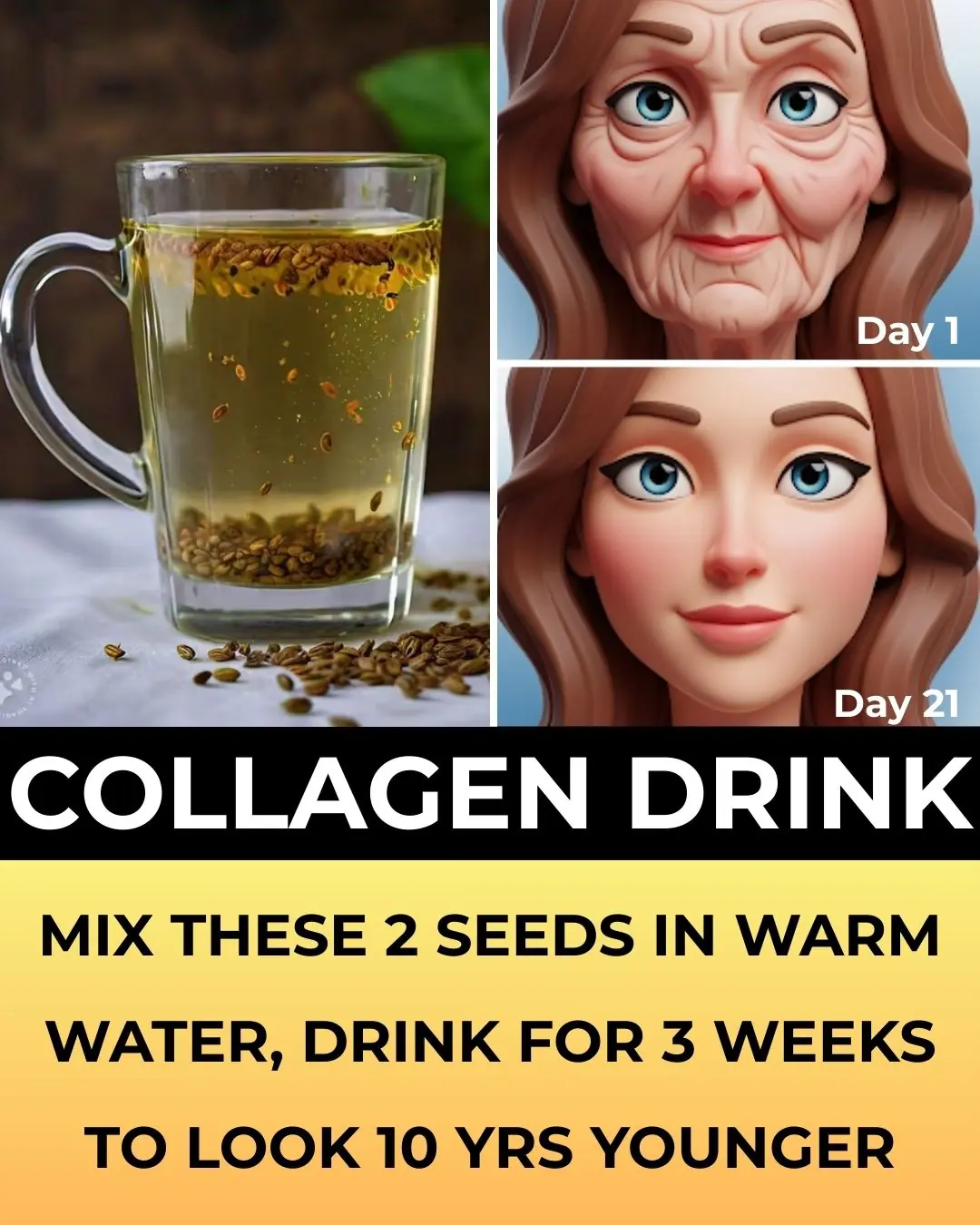
Hugging and cuddling kills depression, relieves anxiety, and even strengthens the immune system — here’s why you should do it more often!

The Healing Power of Touch: Why Physical Closeness Is Essential in a Digital Age
In an era where connection is often reduced to likes, emojis, and fleeting notifications, the simple act of holding someone close can feel almost radical. Yet science makes it clear that moments of genuine, physical closeness—whether through a hug, a cuddle, or the gentle intertwining of hands—are far from trivial. These small, human gestures have measurable effects: they can lower stress, soothe anxiety, elevate mood, and even strengthen the immune system.
Our bodies are wired for touch. With each embrace, a cascade of beneficial physiological changes begins—releasing “feel-good” hormones, regulating our heartbeat, and subtly tuning our nervous system toward balance. Touch is not just a pleasant indulgence; it is a biological necessity, a form of communication older than spoken language and universal across cultures. And in a time marked by high stress, social fragmentation, and increasing physical distance, it may be more essential than ever.
The Science Behind Touch and Emotional Wellbeing
When you receive a lingering hug, a gentle cuddle, or even a supportive hand on your shoulder, your body springs into action on a neurochemical level. Physical affection stimulates the release of oxytocin—the “bonding hormone” that promotes trust—alongside dopamine, which fuels pleasure and motivation, and serotonin, which helps regulate mood and reduce anxiety. These three chemicals form a synergistic trio, creating feelings of calm, safety, and connection.
Research shows that hugs lasting at least six seconds amplify the release of oxytocin and serotonin, resulting in a measurable uplift in mood and a deep sense of reassurance. These effects ripple far beyond the mind. Elevated serotonin is linked to stronger immune responses, while oxytocin actively lowers cortisol, the body’s primary stress hormone. This hormonal shift reduces inflammation, supports cardiovascular health, and strengthens the body’s resilience to illness.
Dr. Tiffany Field, founder of the Touch Research Institute at the University of Miami, has documented how activating the skin’s pressure receptors slows the heart rate, lowers blood pressure, and stimulates immune activity. This intricate interplay between mind and body highlights a fundamental truth: emotional wellbeing and physical health are not separate systems—they are intimately connected, with touch acting as one of the most powerful bridges between them.
Importantly, these effects are amplified when touch is shared with people we trust. The brain interprets safe, affectionate contact as a signal of belonging, which fosters emotional grounding. In just a few seconds, a hug can offer comfort, diffuse tension, and subtly fortify the immune system—a quiet but potent reminder of our need for human closeness.

Touch as a Stress and Anxiety Buffer
When stress strikes, the body’s fight-or-flight response floods the system with cortisol, quickening the pulse, raising blood pressure, and sharpening alertness to perceived threats. While this reaction is useful in emergencies, chronic activation can lead to exhaustion, anxiety disorders, and weakened immunity.
Physical affection interrupts this stress cycle. A warm embrace or a few minutes of gentle physical closeness signals the brain that it is safe to relax. Oxytocin reduces cortisol levels and activates the parasympathetic nervous system—the “rest and digest” mode—slowing the heart rate and restoring a sense of calm.
These shifts are not just visible in lab data; they are deeply familiar in everyday life. Think of the relief that comes when a friend wraps you in a hug after a hard day—the slow unwinding of tense shoulders, the steadier breath, the feeling that you are no longer carrying your burdens alone. Children, too, benefit profoundly. Regular affectionate touch helps them develop lower baseline anxiety, greater emotional resilience, and better stress regulation, even in challenging environments.
Prolonged contact deepens these effects. Studies suggest that hugs lasting ten seconds or more create stronger surges of oxytocin, fostering greater emotional security and trust. Over time, such interactions become a form of preventative mental health care—nonverbal, effortless, and free.

Touch and Relationship Bonding
Beyond its physiological impact, touch is a cornerstone of strong, healthy relationships. Gary Chapman’s popular “Five Love Languages” framework identifies physical touch as one of the primary ways people give and receive love. For those who value it, consistent affection is not optional—it’s essential for feeling appreciated and secure.
Couples who integrate physical affection into their daily routines tend to report higher relationship satisfaction and stronger emotional bonds. Oxytocin not only promotes feelings of closeness but also increases trust and cooperation, helping partners navigate conflict more constructively. Even during moments of tension, a simple gesture—a hand squeeze, a light touch on the arm—can signal commitment and shared care.
This principle extends beyond romance. Platonic friendships, family relationships, and even connections with pets can be enriched through physical closeness. Pet owners often experience oxytocin boosts while cuddling their animals, and research shows that pets experience the same hormonal response, reinforcing mutual loyalty and comfort. Touch, in this way, becomes a language that transcends words and even species.

Touch in Early Development and Maternal Bonding
For newborns, touch is more than comfort—it is survival. Immediately after birth, skin-to-skin contact stabilizes a baby’s temperature, heart rate, and breathing, while also flooding both mother and infant with oxytocin. This helps initiate breastfeeding and establishes the emotional foundation of the mother-child bond.
These early interactions shape brain development and emotional regulation for years to come. Infants who receive regular, gentle physical contact show stronger immune function, more consistent sleep, and greater cognitive growth. Conversely, a lack of touch in early life can contribute to developmental delays and heightened stress reactivity.
The benefits extend to fathers, adoptive parents, and other caregivers. Simple, consistent gestures—cradling during feeding, skin-to-skin play, or gentle rocking—help build trust and emotional security. In neonatal intensive care units, “kangaroo care” (prolonged skin-to-skin holding) has been shown to improve survival rates and long-term health outcomes in premature babies, underlining that touch is not an optional extra, but a developmental necessity.

Reclaiming the Power of Connection
In a culture increasingly mediated by screens, it is easy to overlook the profound health benefits of physical closeness. But science is unambiguous: touch nurtures emotional stability, strengthens relationships, reduces stress, and bolsters immunity. Offering a hug is not an indulgence—it is an act of care with measurable health dividends for both giver and receiver.
Integrating more touch into daily life doesn’t require grand gestures. It might mean greeting a loved one with an embrace, holding hands during a walk, sitting shoulder-to-shoulder on the couch, or even placing a reassuring hand over your own heart during moments of stress. For those who lack regular access to human touch, interactions with animals, massage therapy, or mindful self-massage can trigger similar beneficial responses.
The message is simple: don’t save touch for special occasions. In times of joy, sorrow, or quiet routine, small acts of closeness can have lasting effects. In a world where many feel unseen or disconnected, a genuine hug or warm handclasp can be a radical, healing choice—one that not only comforts but quietly strengthens the bonds that keep us human.
News in the same category


FDA issues urgent blueberry recall over fears they ‘could cause death’ following tests

Important details of Jesus' life discovered in incredible 2,000-year-old boat

Why family of 'Sleeping Prince' refused doctors' advice as he dies after spending 20 years in coma following car crash

Woman who made $80,000 in seven months while selling her toenails reveals disgusting thing they're used for

Netflix faces backlash after rolling out 'horrible' redesign that viewers 'hate'

Citizens fear Alaskan capital could be swallowed under water following major glacier outburst

Cryonic preservation: 50 years later

Important Signs To Look For That Could Suggest You Have Polymyalgia Rheumatica

Popular shampoo recalled over deadly bacteria risk

Donald Trump brutally called out by his own AI chatbot in embarrassing posts

Scientists discover mind-blowing 'proof' of ancient civilization living in Louisiana 13,000 years ago

People finally track down real-life location of viral truck stop that's impossible to visit

Trump slams Nobel Prize-winning economist as ‘deranged bum’ after brutal takedown of his tariff plan

Trump fires back with blunt 6-word statement after Epstein photos resurface

Ancient Warning Emerges On Hawaiian Shore Days Before Massive Earthquake

Bizarre reason ChatGPT will always refuse this one simple request

Elvis Presley’s Private Flight From 1962 Has Finally Been Sold – The Interior Is Amazing

Why McDonald’s Removed The Clown From The Company Image
News Post

Arkansas woman accidentally discovers $27,000 dollars after kicking 'spiderweb' in park

The Nightly Power of Garlic: 9 Incredible Benefits and How to Use It

An Onion Drink for Eye Health: A Holistic Approach
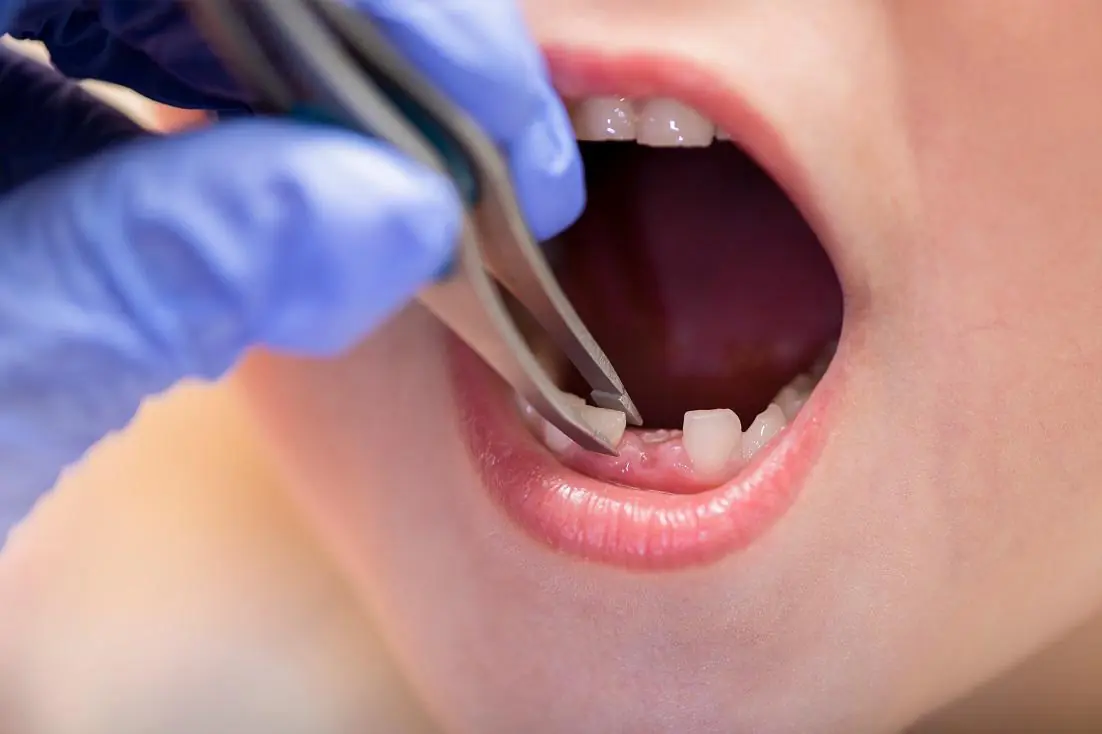
A Pill to Regrow Your Teeth? The Future of Dentistry is Here

6 Health Benefits of Eating One Cup of Pineapple Every Day

4 Common Traits of Adults Who Grew Up Without Love

82-Year-Old Woman Reverses Dementia Symptoms with Mediterranean Diet
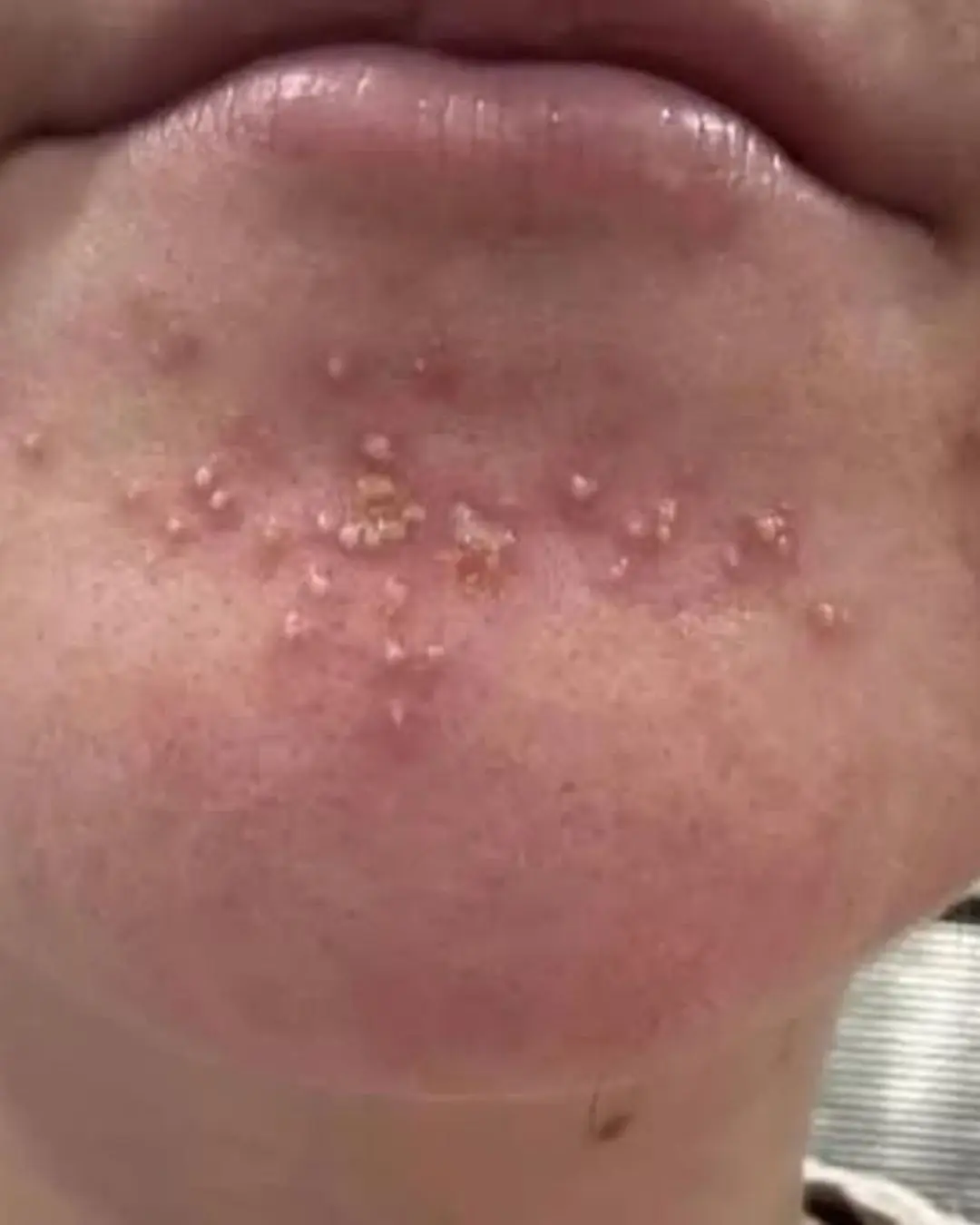
The Real Consequences of Sleeping With…
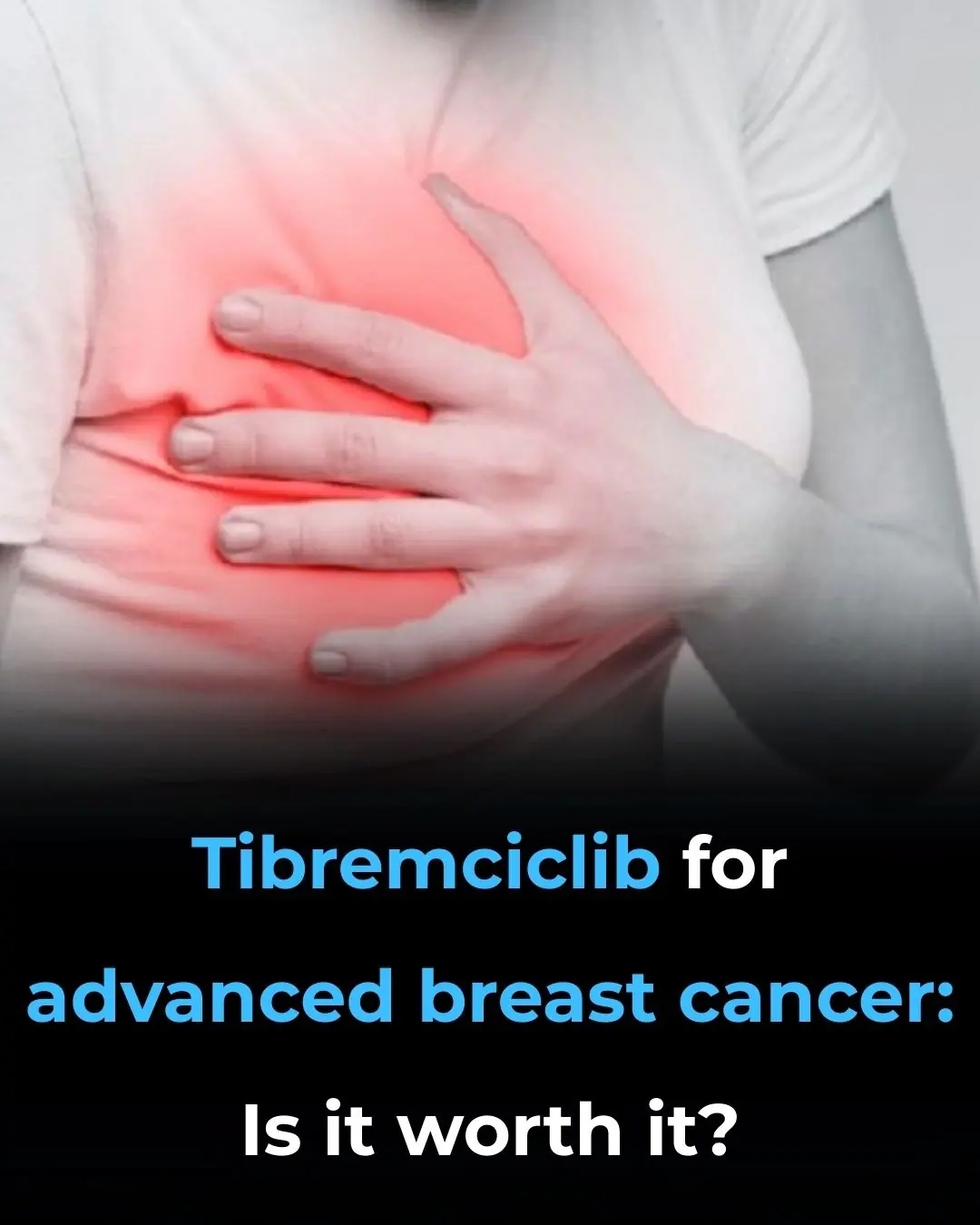
Tibremciclib for Advanced Breast Cancer: Is It Worth It?
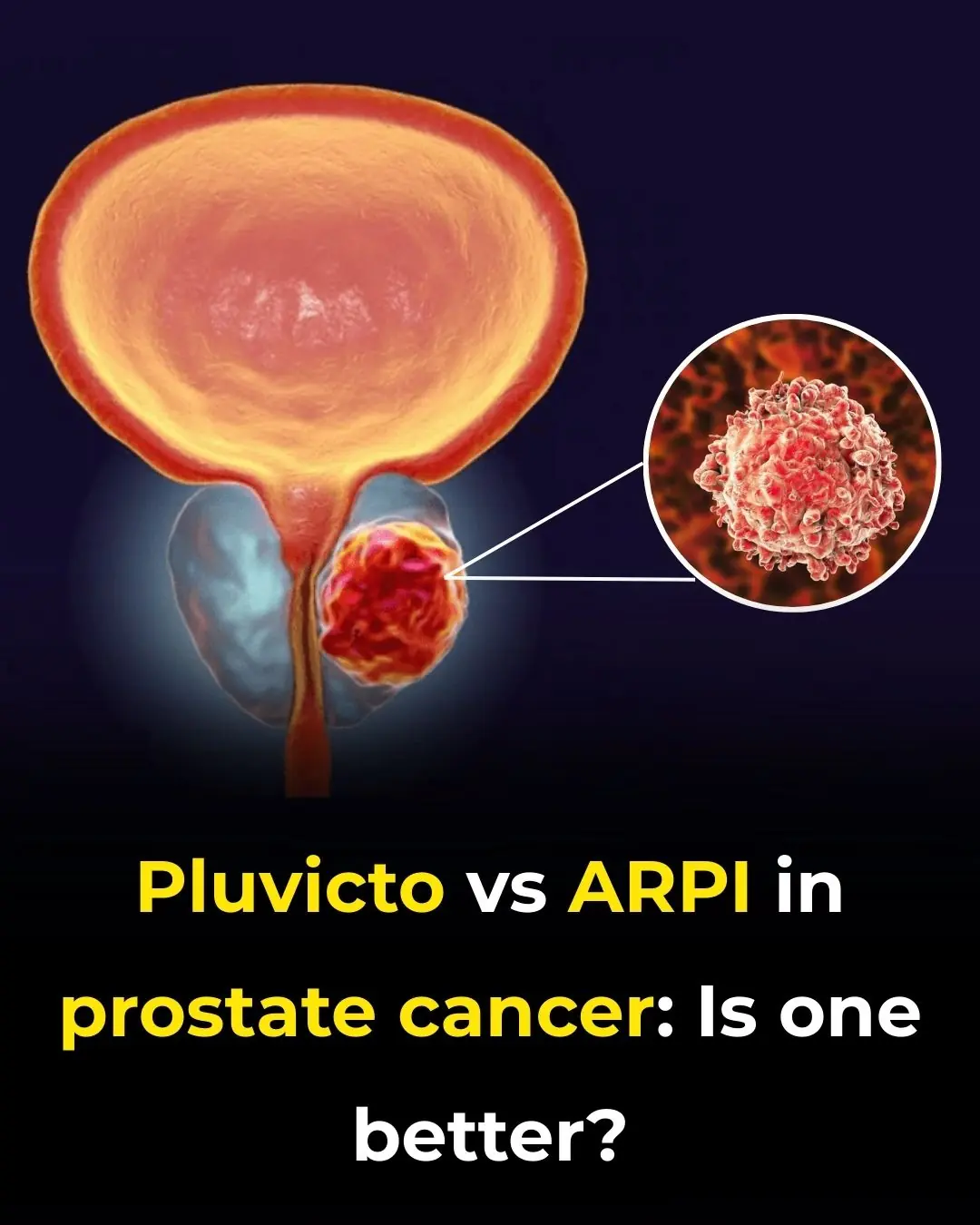
Pluvicto vs ARPI in Prostate Cancer: Is One Better?

Does Chest Pain Always Mean a Heart Attack?

10 Tasty Snacks Packed With Good-for-You Carbs

Pokeweed: The Attractive but Highly Toxic Plant Growing in Your Backyard

Goosegrass: Health Benefits and Uses

The Powerful Health Benefits of Lipton, Cloves, and Ginger Tea Every Woman Should Know
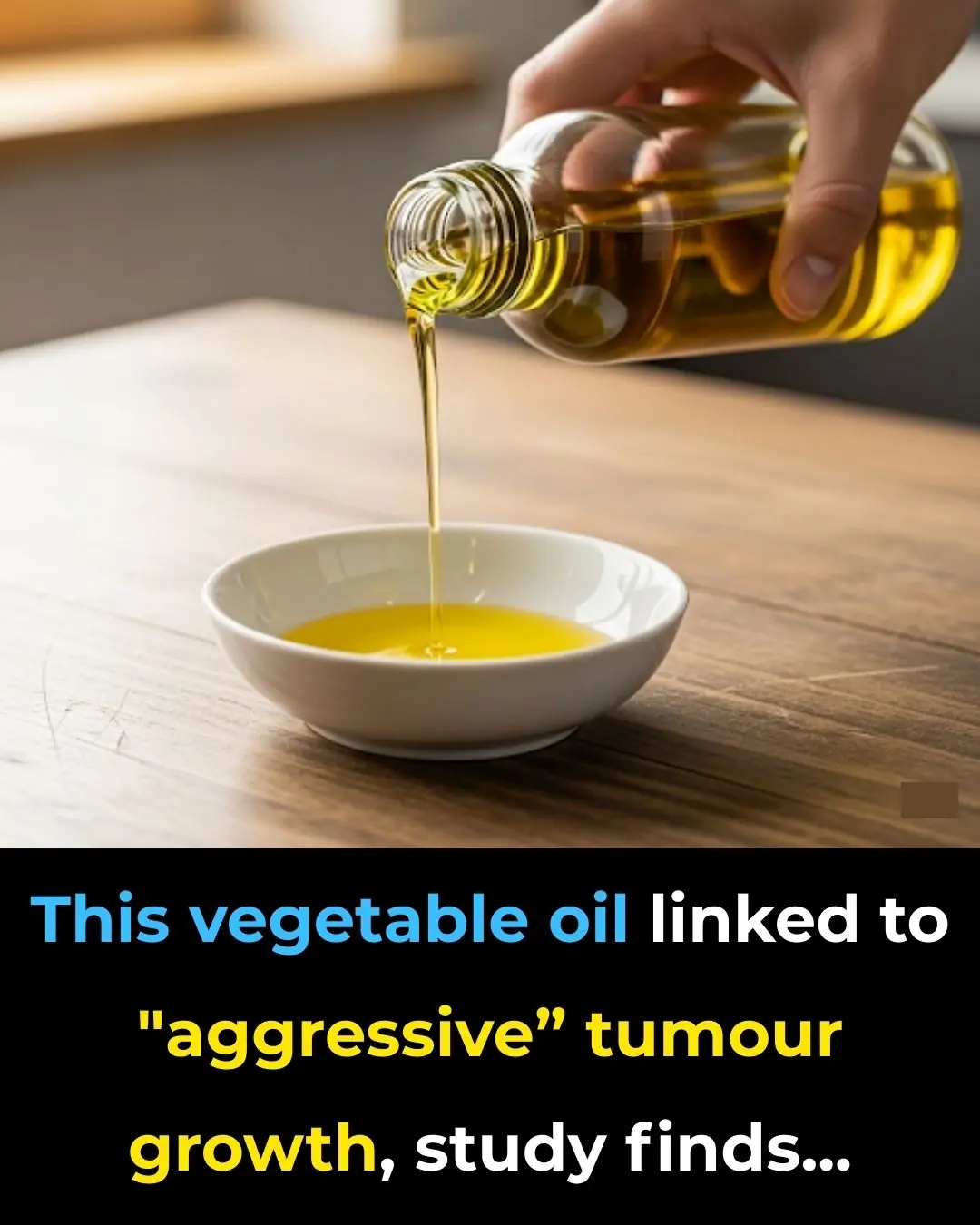
Drink this before bed to balance blood sugar & stop nighttime bathroom trips!
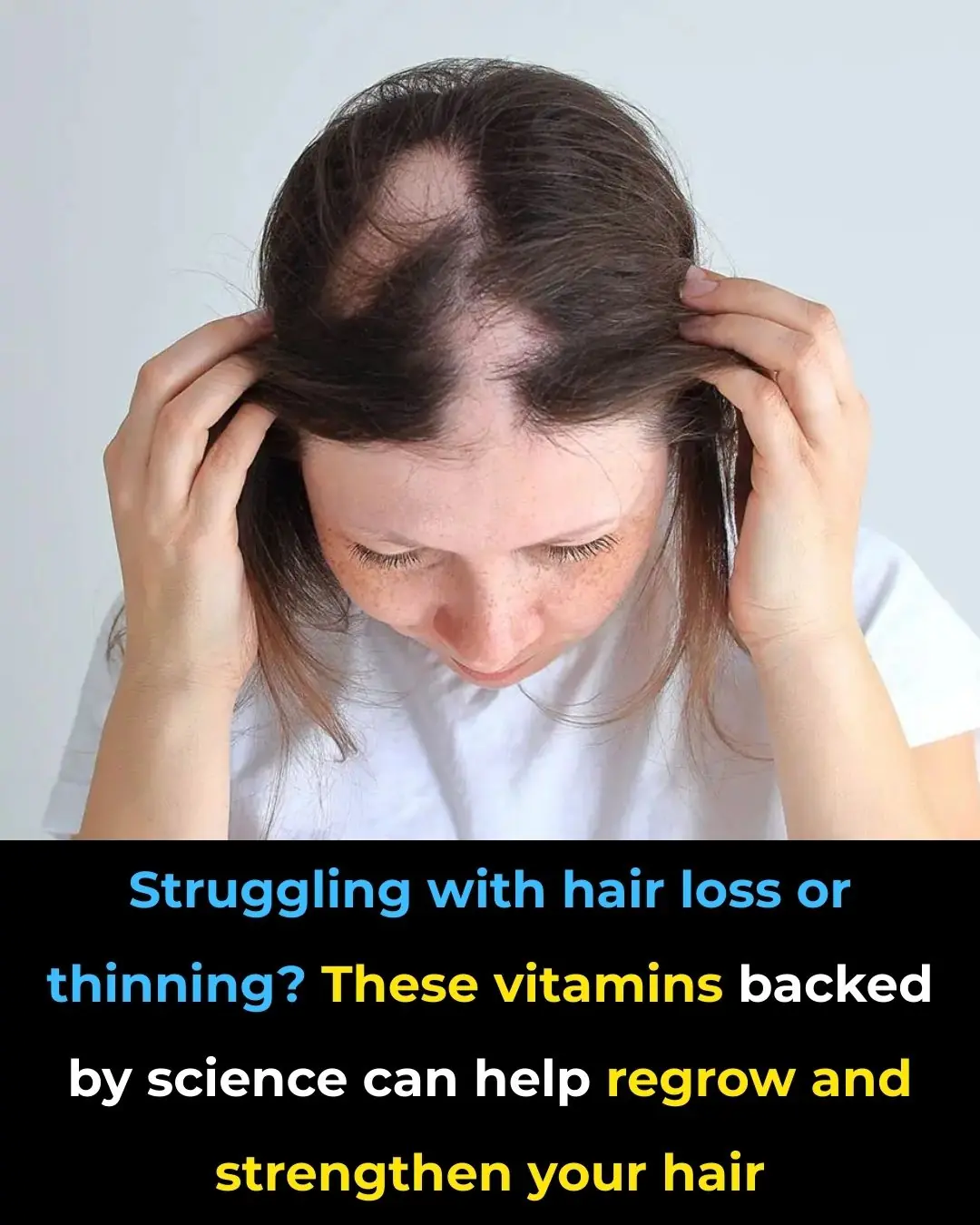
This vegetable oil linked to “aggressive” tumour growth, study finds

The Miracle Tree: 16 Health Benefits of Moringa & How to Use It
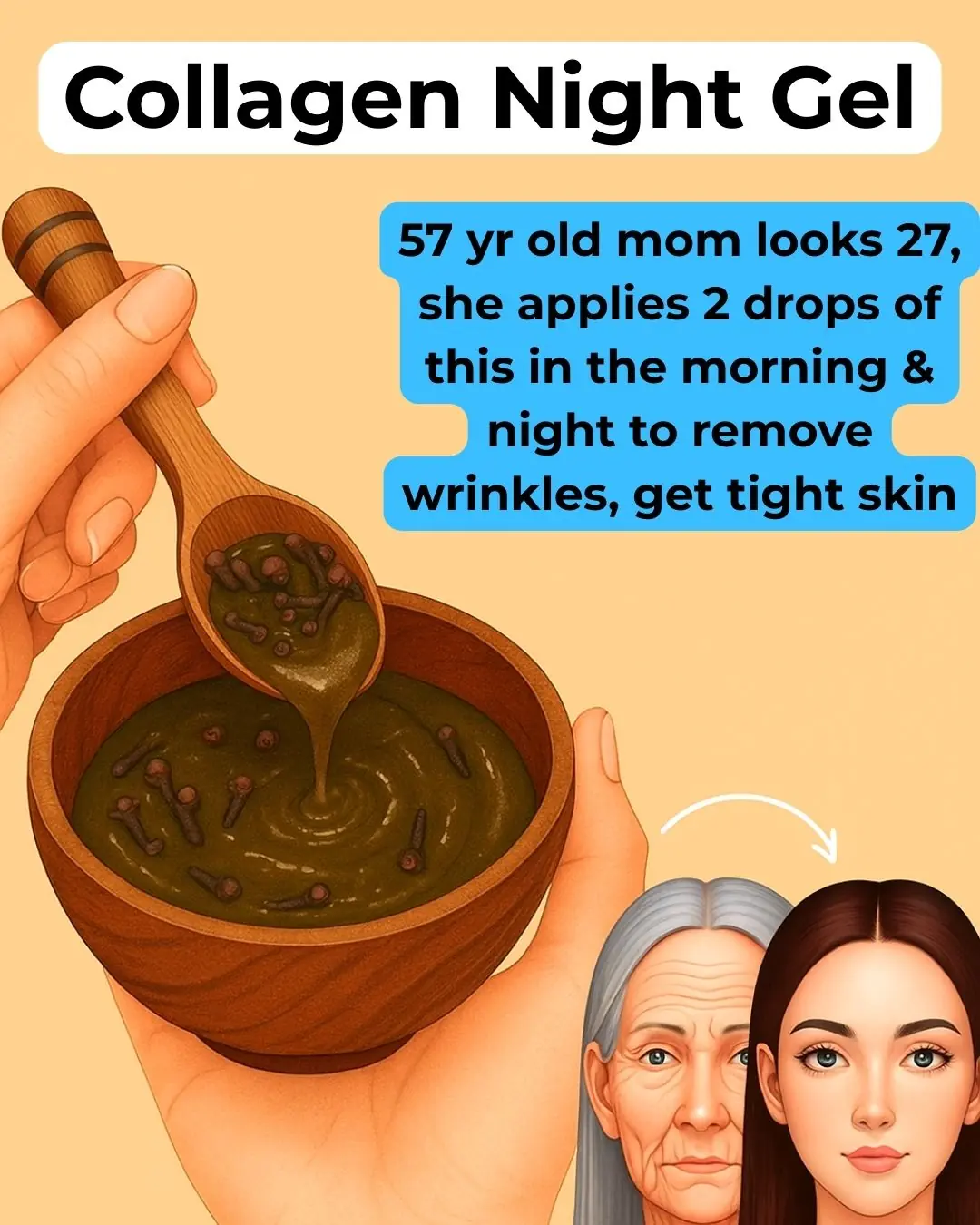
Clove Collagen Gel : Night Gel For A Smooth & Tight Skin
